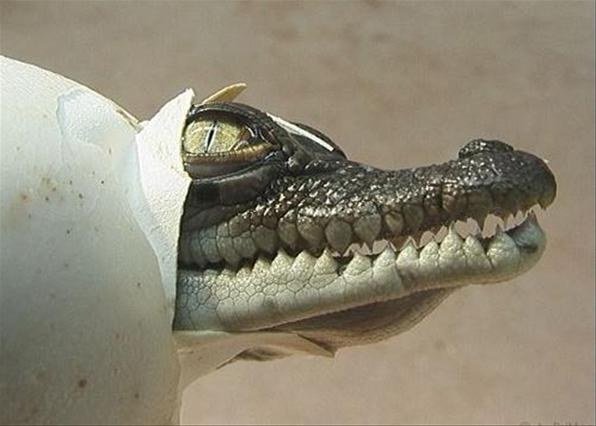How does the digestive system of reptiles work?
How does the digestive system of reptiles work?
All terrestrial reptiles are divided into 4species: turtles, beak-grass, scaly and crocodiles. Despite the fact that some of them are predators, others are herbivores, the device of the digestive system in all representatives of the class is similar.

Device of digestive system of reptiles
The structure of food processing organs is influenced bypeculiarities of the way of life of animals, their nutrition, habitat. Digestive system in reptiles has a lot of similarities with representatives of the class of amphibians, a small difference consists only in the device of the oral cavity. The teeth that allow to hold the prey firmly to crocodiles, lizards are characterized by a homodont system of teeth, which means that they all have the same shape, unlike heterodontic mammals. Attention is drawn to the separation of the pharynx from the oral cavity and the structure of the tongue of reptiles. In all reptiles it is mobile, and at the end there is a split. Esophagus in reptiles is long, which is connected with their large neck. This organ is delimited from the pharynx and the stomach, which have strong muscular walls. The intestine is developed very well, the ducts of the liver and duodenum open. Depending on the temperature of the body of these animals (and influenced by the environment), the duration of the digestive process can be from several hours to several days. Features of the digestive system
Modern reptiles mostly eat small animalsterrestrial animals. Reptiles with specialized nutrition are relatively few, which is due to the position of this class in the biocenosis. In some cases, terrestrial lizards, snakes, and also water turtles are used as food for a plant. Many reptiles capture food with jaws - this is facilitated by numerous sharp teeth. Snakes, except for the same type, have well developed poisonous teeth. Crocodiles can tear off small pieces of food. Most reptiles swallow their prey. It makes it easier to swallow the secret of the salivary glands. Optimum action of digestive processes in snakes and lizards occurs only at a sufficient temperature. It is slightly higher than in amphibians, largely dependent on the environment. Slowing down digestive processes can cause poisoning and death of the animal. Therefore, reptiles are very well adapted to starvation. The work of the intestine is also related to the lifestyle of such animals. It contains an embryonic cecum, better developed in herbivorous species. This indicates the adaptation of digestion of reptiles to the type of food. The liver and pancreatic ducts help to digest food better. The intestine ends with a cloaca. Some reptiles are able to withstand food for up to two years, this indicates their ability to adapt to the environment of existence.








